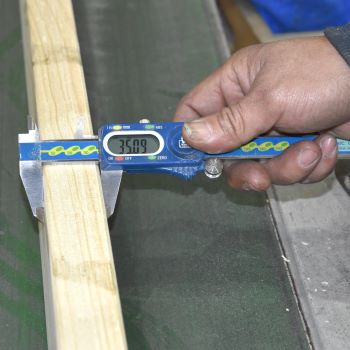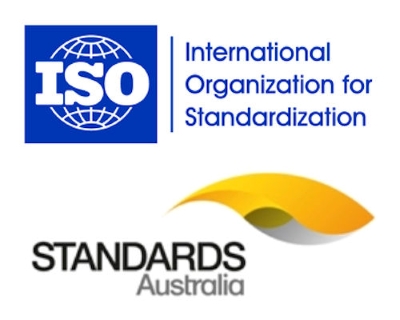Standards in the workplace

Standards are documents that set out the specifications and procedures required to ensure that a product or service is fit for its purpose, and performs in the way it was intended.
That is, although quality is a measure of excellence, this doesn't mean that for a product to be of good quality it has to be the best there is. But it does have to meet the standards that are expected of it.
For example, the timber bearers used under the floor in a building would need to have much higher strength properties than the timber skirting boards above the floor. On the other hand, the skirting boards would need better appearance characteristics than the bearers, because they are on display.
In each case, if the product is 'fit for the purpose' for which it is intended, it can be considered to meet the requirements for being a 'quality' product, according to the standards that have been set for it.
Types of standards
There are different types of standards, depending on the product or service being described.
Some companies develop their own standards, and call them by trademarked names. For example, if you ordered a parcel of flooring that was marked Premium grade', you would expect it to comply with the Premium grade standard set by that company. This type of standard is called an enterprise standard, because it only applies to the enterprise that developed it.
Other standards are developed by recognised bodies that consult widely with industry people and end users, and have their standards officially adopted by government agencies, industry associations and other formal groups in the community.
The two organisations most prominent in Australia are:

-
Standards Australia, which produces the Australian Standards (prefixed with 'AS')
-
International Organization for Standardization, which produces International Standards (prefixed with 'ISO').
Most of the standards used in the timber industry are produced by Standards Australia. Many of these Standards are referenced in official documents, such as building codes, supply contracts and WorkCover regulations. In these cases, they become legally binding documents and complying with them is essential to doing a job properly.
Examples of Australian Standards
Below are the most common Australian Standards used in the timber industry. These are all available for purchase from Standards Australia through their on-line store.
Timber grading
AS 1613 Timber - Colours for marking F-grades
AS/NZS 1748 Timber - Mechanically stress-graded for structural purposes
AS 1810 Timber - Seasoned cypress pine - Milled products
AS 2082 Timber - Hardwood - Visually stress-graded for structural purposes
AS 2796 Timber - Hardwood - Sawn and milled products
AS 2858 Timber - Softwood - Visually graded for structural purposes
AS 3519 Timber - Machine proof grading
AS 3818 Timber - Heavy structural products - Visually graded
AS/NZS 4063 Timber - Stress-graded - In-grade strength and stiffness evaluation
AS 4785 Timber - Softwood - Sawn and milled products
Manufactured timber products
AS/NZS 1328 Glued laminated structural timber
AS 1577 Scaffold planks
AS 1729 Timber - Handles for tools
AS 2209 Timber - Poles for overhead lines
AS/NZS 4357 Structural laminated veneer lumber
AS 4446 Manufacture of nailplate-joined timber products
AS 5067 Timber - Non-structural glued laminated
AS 5068 Timber - Finger joints in structural products
Preservative treatment
AS 1604 Specification for preservative treatment
AS/NZS 1605 Methods for sampling and analysing timber preservatives and preservative-treated timber
AS/NZS 2843 Timber preservation plants
AS 5605 Guide to the safe use of preservative-treated timber
Forestry
AS 4708 The Australian Forestry Standard
Testing methods
AS/NZS 1080 Timber - Methods of test
AS/NZS 4490 Timber - Stress-graded - Procedures for monitoring structural properties
AS/NZS 2097 Methods for sampling veneer and plywood
AS/NZS 2098 Methods of test for veneer and plywood
AS/NZS 4266 Reconstituted wood-based panels - Methods of test
Classification
AS/NZS 1148 Timber - Nomenclature
AS/NZS 2878 Timber - Classification into strength groups
AS/NZS 4491 Timber - Glossary of terms in timber related Standards
AS 5604 Timber - Natural durability ratings
Wood panels
AS/NZS 4787 Timber - Assessment of drying quality panel products
AS/NZS 1859 Reconstituted wood-based panels
AS/NZS 1860 Particleboard flooring
AS/NZS 2269 Plywood – Structural
AS/NZS 2270 Plywood and blockboard for interior use
AS/NZS 2271 Plywood and blockboard for exterior use
AS/NZS 2272 Plywood – Marine
AS 6669 Plywood – Formwork
Machinery
AS 1473 Guarding and safe use of woodworking machinery